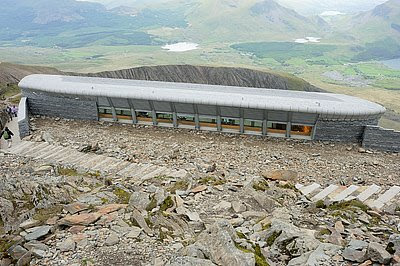
Elizabeth Pain’s tombstone. Photo by Adam Shyevitch
King’s Chapel Burying Ground in Boston was one of the first to contain slate grave markers. Few are more infamous than the one that marks the grave of Elizabeth Pain. It is a classic three-lobed tombstone. Carved into the central panel is a winged skull, or death’s head, with perfect teeth, as if death had seen an orthodontist. Atop the grinning skull flies a winged hour-glass, about half the height of the skull. A rosette and garlands that resemble abstract owls run down the outside quarters of the panel below the lobed shoulders.
The facts dominate the smooth center of the stone. Elizabeth Pain, wife of Samuel, died November 26, 1704, age near 52. The words appear next to a heraldic shield, or escutcheon, bearing two lions, and several one-inch wide lines, which link together in a resemblance to the letter A.

Pain’s tomb derives its notoriety because of the final lines of Nathaniel Hawthorne’s romance tale of morality in Puritan Boston, The Scarlet Letter. Hawthorne wrote: “In that burial ground beside which King’s Chapel has since been built…[O]n this simple slab of slate—as the curious investigator may still discern, and perplex himself with the purport—there appeared the semblance of an engraved escutcheon. It bore a device, a herald’s wording of which might serve for a motto and brief description of our now concluded legend; so sombre is it, and relieved only by one ever-glowing point of light gloomier than the shadow: — ON A FIELD, SABLE, THE LETTER A, GULES.”

Nathaniel Hawthorne
Do those linked lines on Pain’s tombstone form the famed scarlet (Gules means red) letter A on its sable background? Was Pain the model for Hawthorne’s adulteress Hester Prynne? Did Pain’s gravestone seed Hawthorne’s imagination? Many people have raised these questions. The facts are few, the speculations many.

Thompkins Harrison Matteson’s famous oil of The Scarlet Letter, 1860.
Hawthorne lived in Boston twice. The first time he lasted six months as editor of American Magazine. He returned almost three years later, in March 1839, and stayed until November 1840. Scholars know that during his time as editor, Hawthorne often visited the Boston Athenaeum, a famed library originally located next door to King’s Chapel Burying Ground. A vigilant researcher and active explorer of Boston, he more than likely walked through the graveyard and saw Pain’s gravestone. Adding a bit of spice to the story, Pain did go to trial, not for adultery, but for murdering her child. She was found not guilty, but still was whipped 20 times.
Many guidebooks and web sites report that there is no doubt that either Pain or her gravestone inspired Hawthorne, but no one knows for sure. Although Hawthorne did base many characters in The Scarlet Letter on real people, no direct, unequivocal evidence links Pain and Prynne. Whether Pain inspired Hawthorne is not critical. I am simply happy to have people go look more carefully at slate. And by the way, it’s also worth reading the book.
